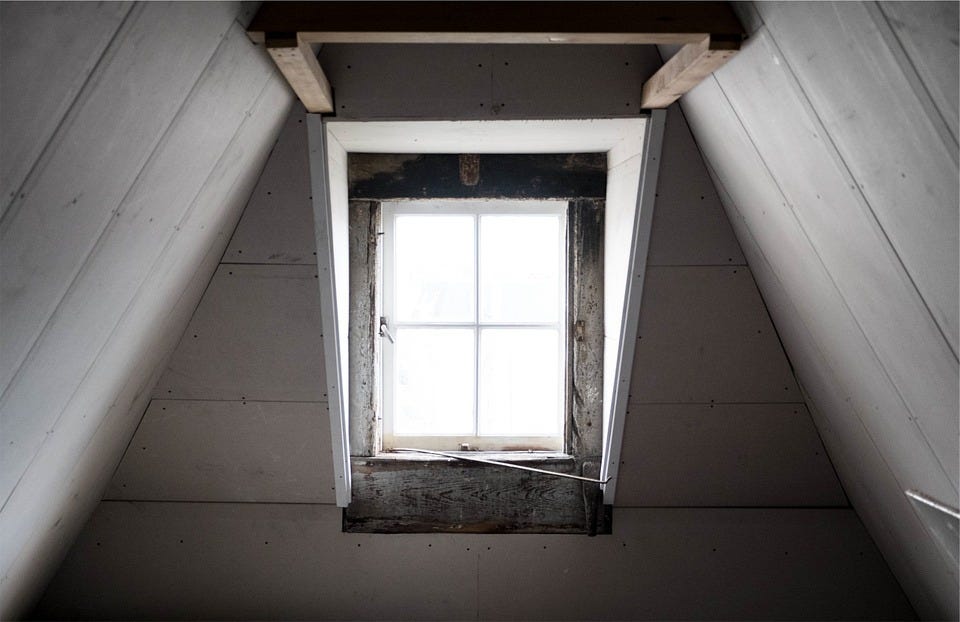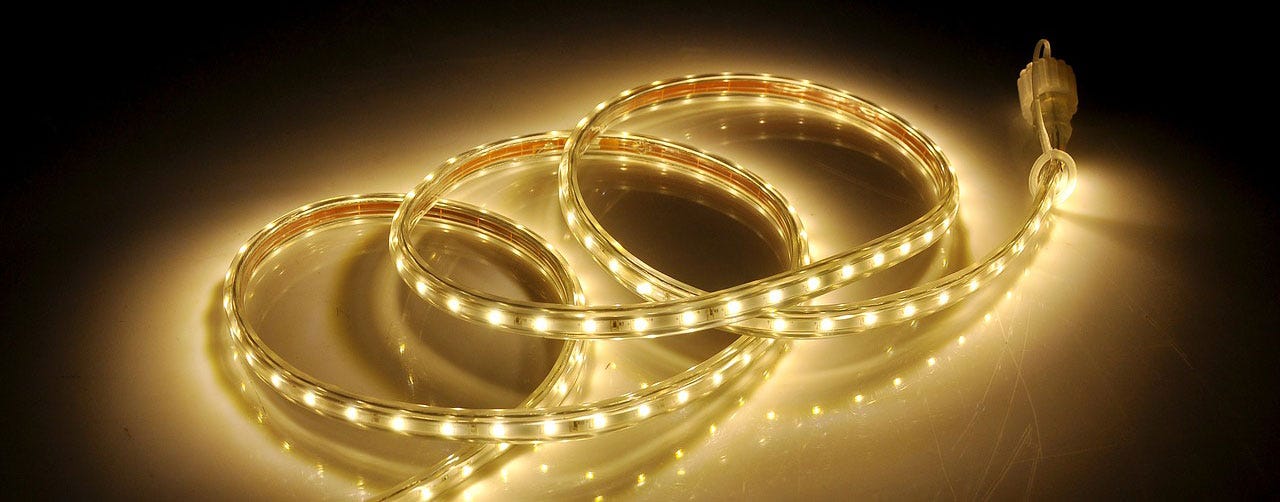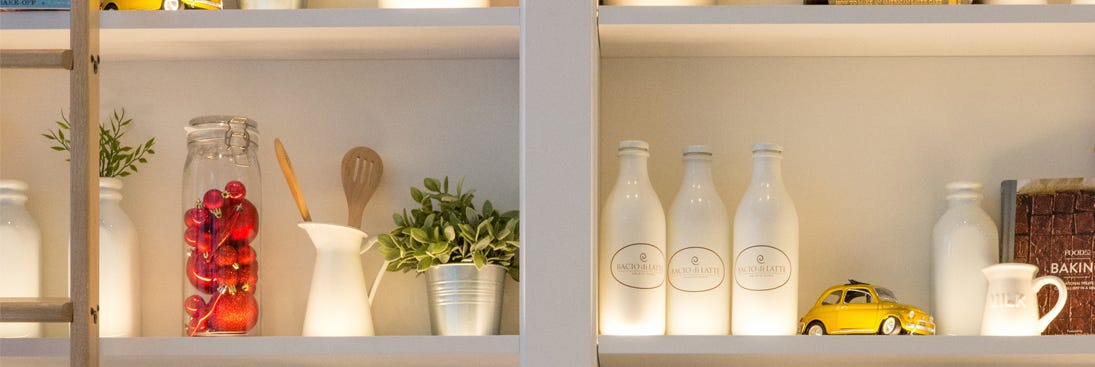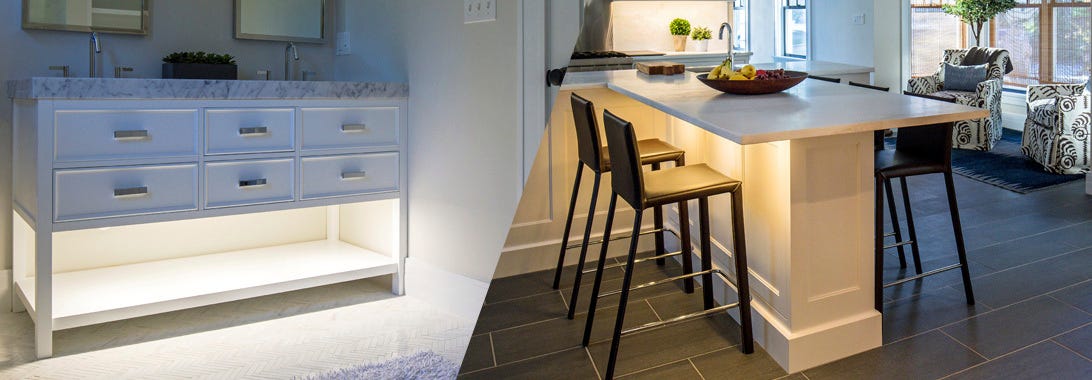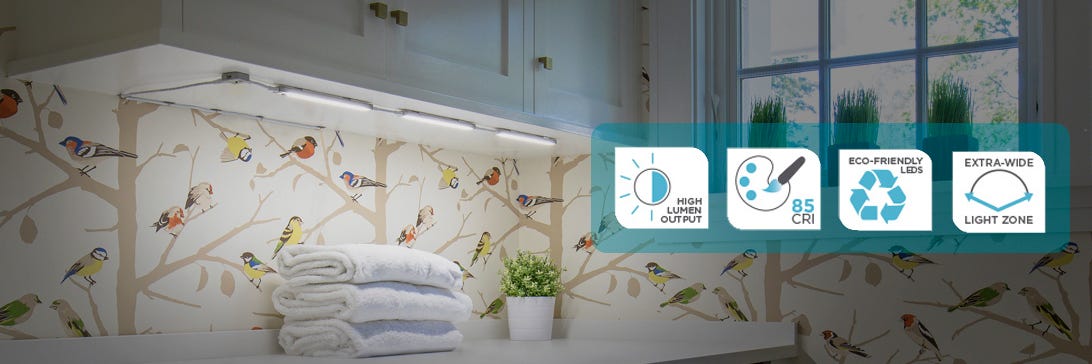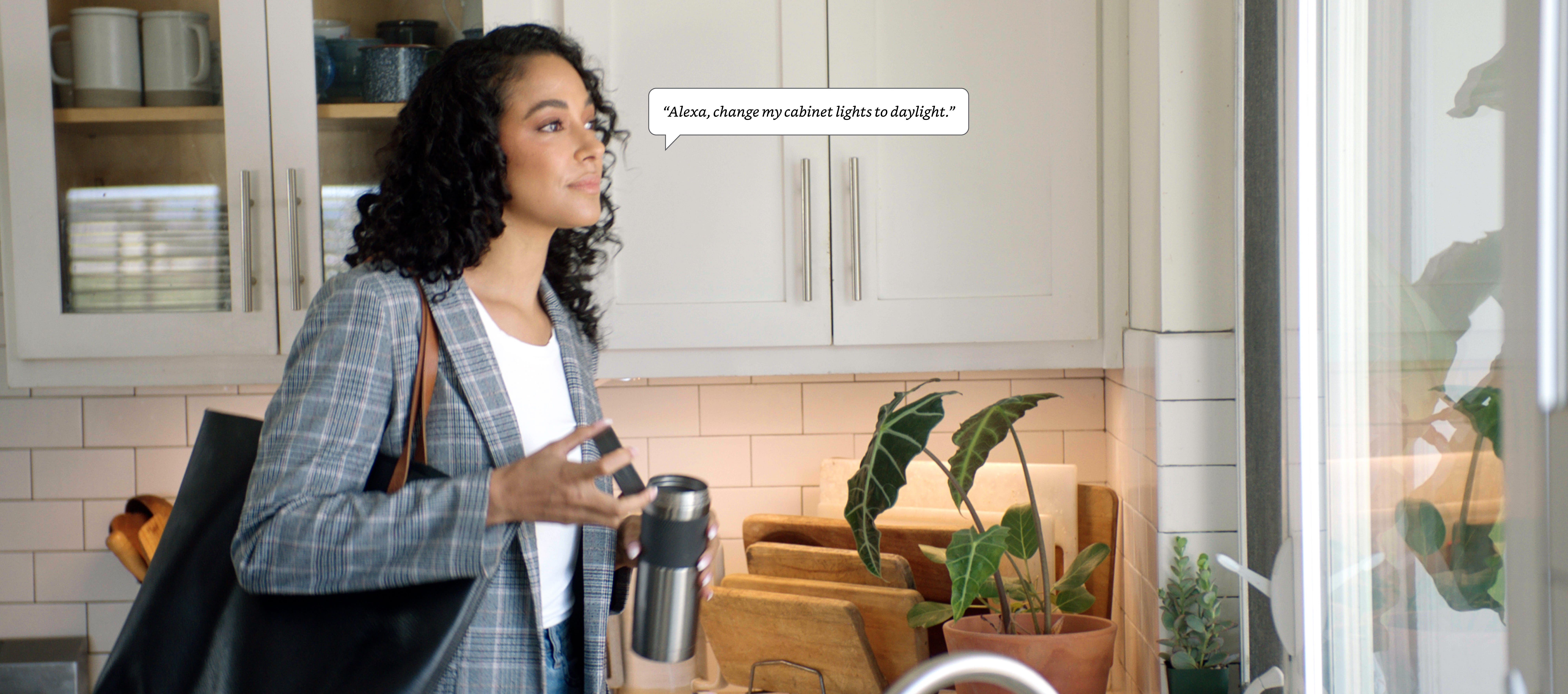6 Ways to Make Your Home Eco-Friendly
- Mar 20, 2018

A few months ago, we gave you 6 ways to cut energy costs immediately. Now, it’s time to cover the more in-depth, not so immediate ways to do the same!
While some of these points are actually simple, some of them take more time, money and some home renovation. In both accounts, you’re making your home more of a home to the earth by making it eco-friendly.
1. Paint your walls & ceilings
Dark colors absorb more heat. Think about a dark car sitting in the sun. Instead of kicking up the heat in your home, open the windows and let your dark walls and ceiling absorb the natural light. Though, this does require you repainting the rooms in your house and it is all based on personal preference in terms of your house’s aesthetic. However, if you truly can’t remember the last time the interior of your house been painted, it may be time to pull out the brushes and old clothing.

2. Lessen water flow
This isn’t as dramatic as the first, though is still very useful in this process of saving energy. Make sure aerators, the small metal pieces at the end of your faucets, are installed on every sink. This slows down the water flow by outputting water in combination with air. If they weren’t there, extra wasted water would simply be spilling out of the sink. You can also replace your shower head and toilet to be low flow, also decreasing the number of gallons used.
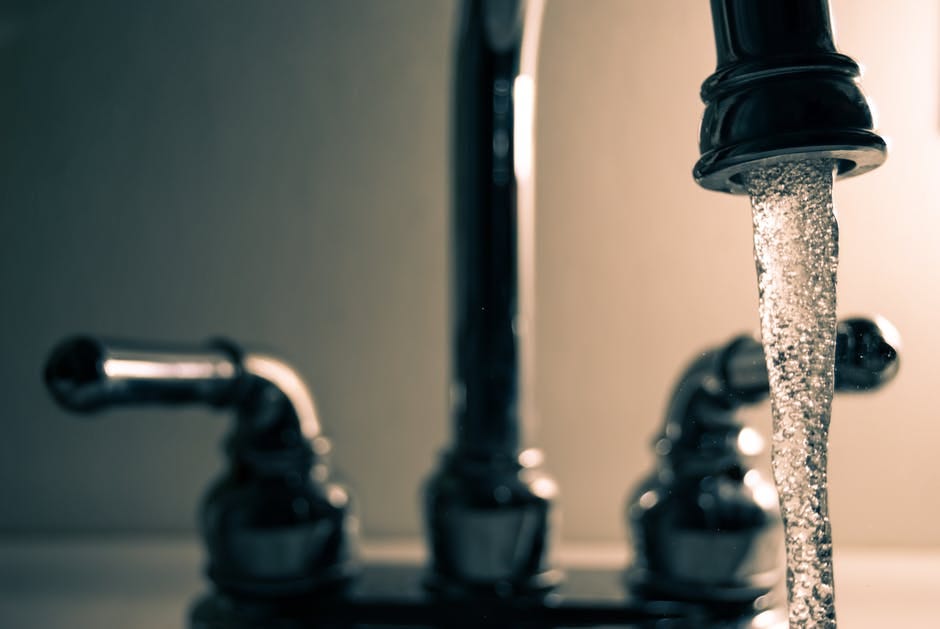
3. Say hello to solar
Solar panels are definitely a high investment, though they’re worth the money if you really are making an effort to be a friend to the planet. How much energy and money you save depends on your geographic location, the size of the panels, and the amount of electricity you’re already using. Based on an article by EnergySage.com, “20-year electricity savings from solar can be significant, ranging from the low end of $10k to almost $30k.” Though again, this is all relative. With this installation, it also increases the value of your home. Start by taking things slow and making your outdoor lighting solar powered.
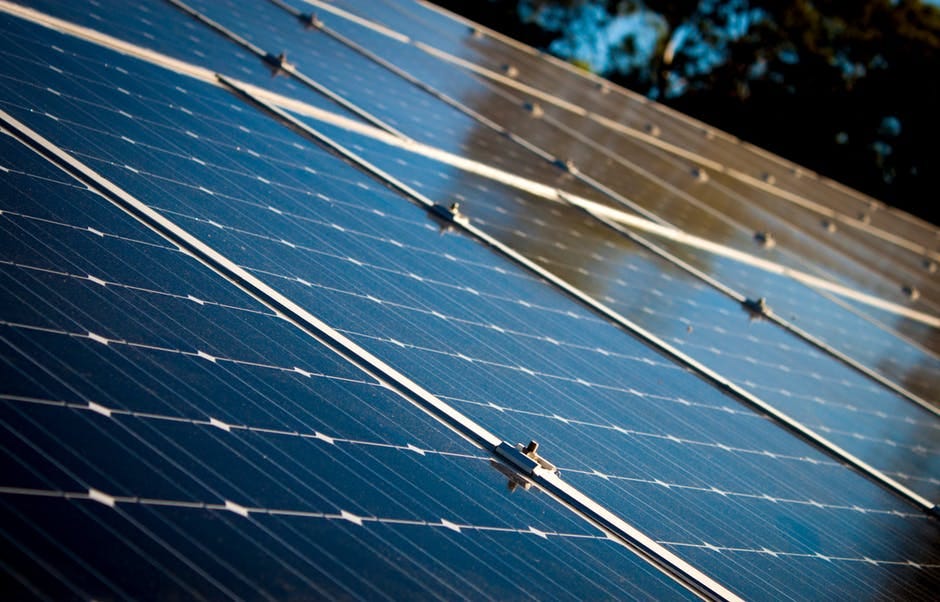
4. Lighten up with LEDs
Not ready for the serious commitment that is solar power? With the installation and use of LEDs around your home, you can still make a difference. Either replace regular incandescent bulbs with LED ones as they die out to make or make the transition all at once. Though, overhead lighting isn’t the only spot to incorporate LEDs. Use unique under cabinet lighting in naturally dark areas like bathrooms and closets, or place a stylish LED desk lamp that rejuvenates and mimics natural daylight. Each uses up to 85% less energy!
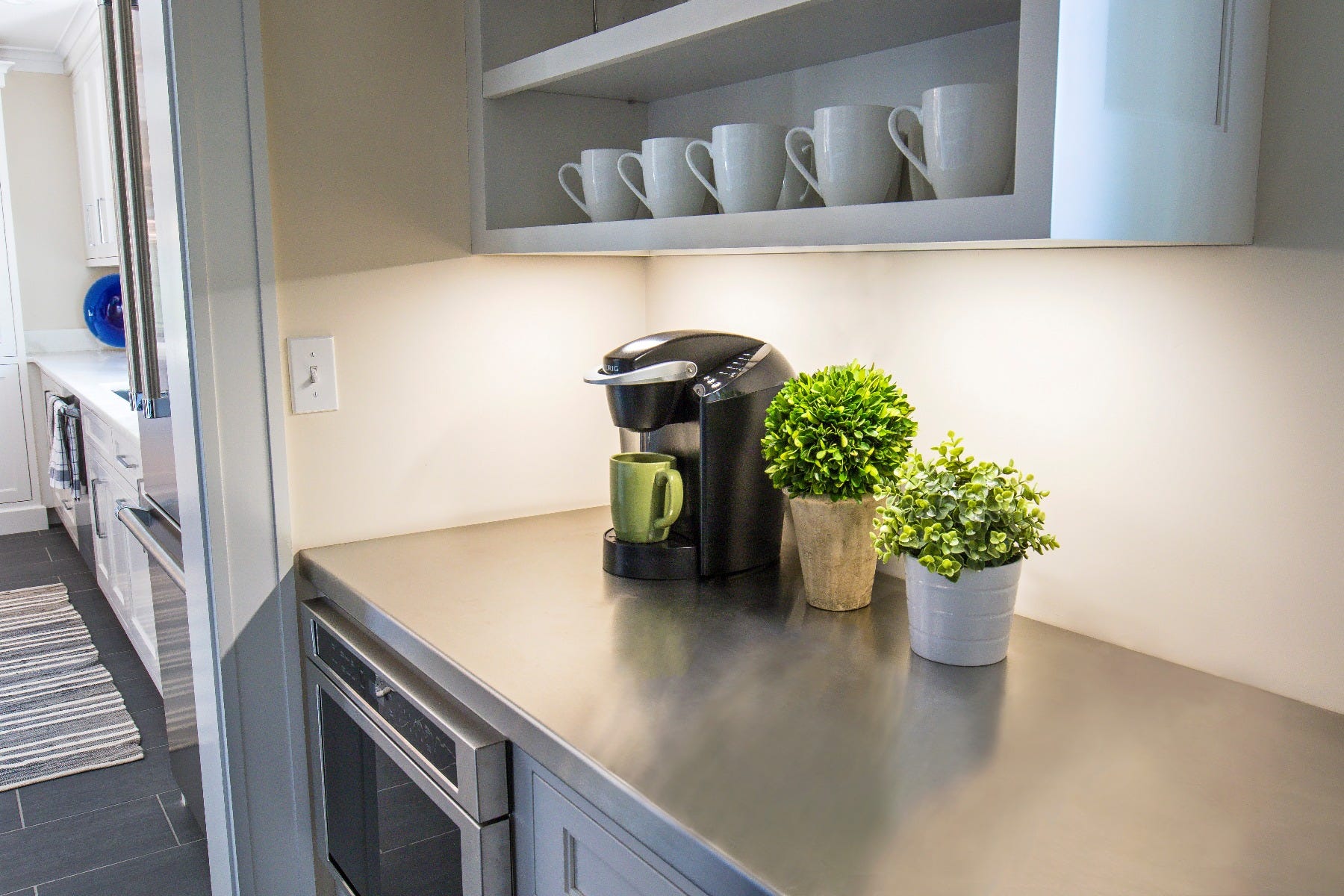
5. Be smart with your appliances
Replacing any kitchen or other household appliance to use less energy is also useful. Again, this one requires making a dent in your wallet, so waiting to get your worth out of your current dishwasher, refrigerator, washer, dryer, and even stove before replacing is fair. Just be sure the next time you go appliance shopping to keep in mind that you want something energy and water conserving!
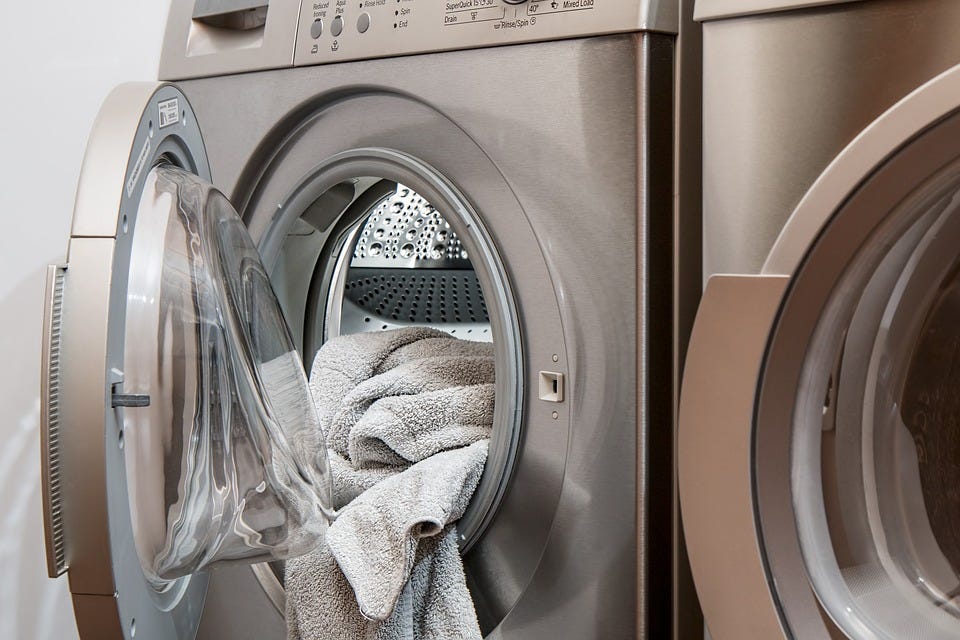
6. Insulate to keep warm
Not many people spend a lot of time in their unfinished attics or basements, but that doesn’t mean you shouldn’t keep them in good shape. Visiting these spaces to make sure each are properly insulated may not be ideal, but certainly helpful. While this point is not exactly healing to the environment (though, there are green options for insulation), not letting your home’s heat escape is highly important. Energy.gov even suggests insulating your hot water pipes as it “reduces heat loss and can raise water temperature 2°F–4°F hotter than uninsulated pipes can deliver, allowing you to lower your water temperature setting.”
